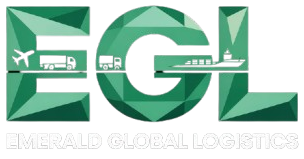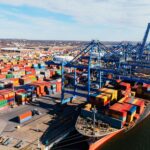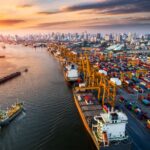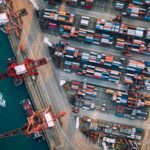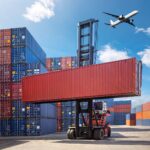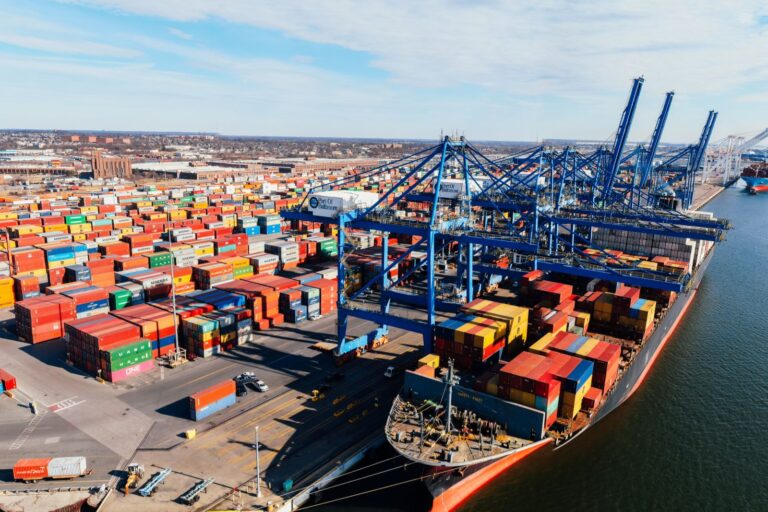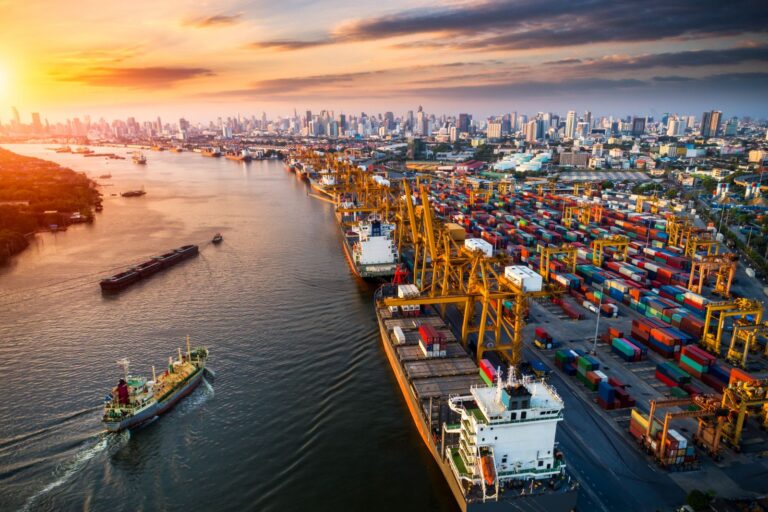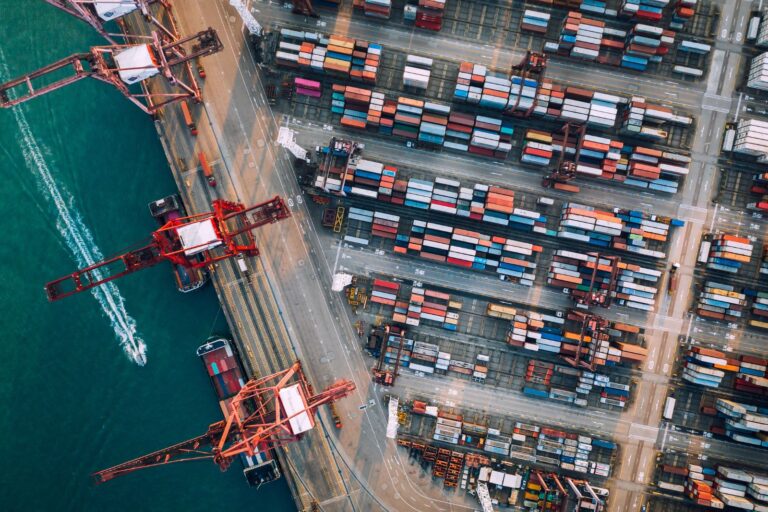In today’s global trade, knowing the exact location of your shipment is crucial. Delays, misplaced cargo, or miscommunication can result in significant financial losses. Whether you’re a business importing goods or an individual shipping personal items, staying informed throughout the transit process is essential.
How To Track Container Shipment is the key to managing logistics efficiently. By leveraging modern tracking systems and working with experienced freight forwarders, you can monitor your cargo from the point of origin to its final destination.
At EGL – Emerald Global Logistics, we provide advanced tracking solutions and personalised support for businesses and individuals across Australia. Our systems ensure you have real-time insights into your container’s journey, reducing stress and improving supply chain efficiency.
Benefits of Tracking Your Container Shipment
Advantages of Container Tracking
- Real-Time Updates: Know exactly where your shipment is at all times.
- Enhanced Security: Reduce the risk of theft, loss, or tampering.
- Improved Planning: Prepare for customs clearance and delivery schedules.
- Customer Confidence: Keep clients informed with accurate shipment data.
- Reduced Risk: Address potential delays proactively with timely information.
Methods To Track Container Shipment
1. Using Container Tracking Numbers
- Step 1: Locate the container number on your bill of lading or shipping documents.
- Step 2: Enter the number on your shipping line’s tracking portal.
- Step 3: Monitor real-time updates including port arrivals, departures, and transit milestones.
2. GPS and IoT-Based Tracking
Modern container tracking uses GPS devices or IoT sensors installed inside containers.
- Benefits: Live location updates, temperature monitoring, and route optimisation.
- Use Cases: Ideal for high-value, sensitive, or perishable goods.
3. Freight Forwarder Platforms
Freight forwarders like EGL provide integrated portals for clients:
- Track multiple shipments at once.
- Receive notifications via email or SMS.
- Access detailed reports on shipment status and expected delivery.
Step-By-Step Guide: How To Track Your Shipment
- Obtain Documentation: Get your bill of lading, container number, and booking reference.
- Access Tracking Platform: Use the carrier’s or freight forwarder’s online tracking system.
- Enter Relevant Details: Input container number, booking ID, or shipment reference.
- Monitor Updates: Check for departure, port arrival, customs clearance, and delivery status.
- Contact Support: For discrepancies or delays, contact your freight forwarder immediately.
At EGL, our team assists clients at every stage, ensuring shipment tracking is simple and accurate.
Costs and Pricing Insights
Tracking containers is generally included as part of shipping services, but additional advanced tracking features may involve:
- GPS Monitoring Devices: Added for high-value or sensitive shipments.
- Subscription Portals: Freight forwarders may offer premium tracking services.
- Integration Fees: Larger businesses integrating with ERP or supply chain software.
Despite minor costs, tracking greatly reduces risk and improves logistics efficiency.
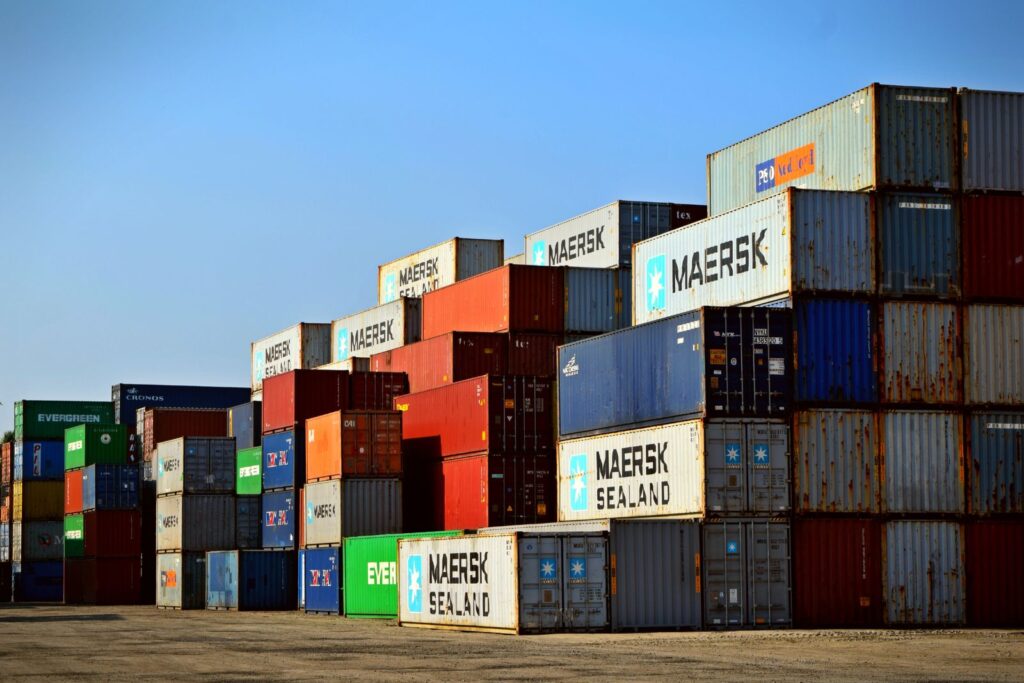
Tips & Best Practices
- Keep Documentation Handy: Always note container numbers and booking references.
- Use Multiple Tracking Tools: Combine carrier portals and freight forwarder systems for redundancy.
- Set Alerts: Enable notifications for key transit events.
- Verify Data Accuracy: Cross-check tracking info with shipping line or forwarder updates.
- Plan for Contingencies: Identify alternative routes or delivery options in case of delays.
Common Mistakes To Avoid
- Ignoring updates and relying solely on estimated delivery dates.
- Using incorrect container numbers or booking references.
- Failing to monitor sensitive or perishable shipments closely.
- Overlooking customs documentation requirements.
- Not contacting your freight forwarder when discrepancies arise.
Use Cases
- Business Imports: Monitor bulk shipments from suppliers overseas.
- E-commerce Fulfillment: Track orders from international warehouses to customers.
- Relocation: Ensure personal belongings arrive on time and intact.
- High-Value Goods: Maintain security for electronics, vehicles, or machinery.
EGL provides customised solutions to fit each scenario, ensuring every shipment is trackable and secure.
FAQs: How To Track Container Shipment
1. What information is needed to track a container?
- Container number, bill of lading, or booking reference.
2. Can I track my shipment in real-time?
- Yes, via GPS-enabled containers or freight forwarder portals.
3. Are there additional costs for tracking?
- Basic tracking is free, but advanced monitoring may involve minor fees.
4. What if my tracking information is delayed or incorrect?
- Contact your freight forwarder immediately to resolve discrepancies.
5. Can I track multiple shipments simultaneously?
- Yes, freight forwarder platforms like EGL allow consolidated tracking for multiple containers.
Conclusion
Tracking container shipments is essential for smooth international logistics. With the right tools, documentation, and support, you can monitor your cargo’s journey, prevent delays, and reduce risks.
At EGL – Emerald Global Logistics, we provide tailored solutions to track and manage shipments across Australia and worldwide. Our team ensures your containers are safe, secure, and transparent throughout the entire shipping process.
👉 Contact EGL today to streamline your container tracking and gain peace of mind for every shipment.
